Politics
Samajbadi Party may have quit government but it doesn’t seem to have a way forward
Although party leaders say they will mount an opposition, analysts believe that the party is unlikely to win support from Congress or Janata Party.
Tika R Pradhan
After exiting the KP Sharma Oli government, leaders from the Samajbadi Party Nepal have been saying that the party will focus on strengthening itself to provide an alternative to the Communists and the Congress. Political analysts, however, say that the party has lost its way and is unlikely to become an effective force outside of government.
Party leaders said they wanted to reach out to the people to inform them about their reasons for quitting the government and that the party would now focus on raising their issues in Parliament as part of the opposition.
“Since we had to suddenly quit the government, we will now focus on executing our previous plans of strengthening and expanding our party organisations,” said Prashant Singh, secretary of the Samajbadi Party. “We have also started consultations with the main opposition party for possible cooperation.”
On Thursday, three Samajbadi leaders—Baburam Bhattarai, Upendra Yadav and Rajendra Shrestha—visited Nepali Congress President Sher Bahadur Deuba with an offer for an alliance in Parliament. Deuba was positive about their proposal but did not make a written commitment, said party leaders.
But it will not be easy for the party to convince its voters as to why they joined the government despite knowing that the ruling party was not interested in amending the constitution. And it will be difficult to continue the merger with the Rastriya Janata Party, as the latter has now joined the ruling Nepal Communist Party in an alliance for the National Assembly election.
The alliance with the ruling party could see the Rastriya Janata Party getting the post of deputy Speaker, which would make it even more difficult for the Samajbadi Party to join them in a merger.
But Janata Party leaders themselves say they’ve felt betrayed time and again by Yadav, Samajbadi’s executive chairman. Most recently, Yadav refused to forge an alliance with the Janata Party for the November 30 by-elections and the upcoming National Assembly polls.
“After Yadav refused, we had no option but to join forces with the ruling party,” said Keshav Jha, general secretary of the Rastriya Janata Party Nepal.
The Samajbadi Party looks increasingly cornered, with the Janata Party likely to join the government. If that happens, the Province 2 government led by Samajbadi Party Vice-chairman Lalbabu Raut will be in danger. Province 2 is the only province that the Nepal Communist Party does not govern.
Political analyst Rajesh Ahiraj, who has long been following Madhesi politics, said that the Samajbadi Party has lost all three grounds as a political party—political line, public opinion and base.
“The party will now become a follower of the Nepali Congress and protest the government,” said Ahiraj. “There is no condition for them to start any kind of movement in the Madhes as people know the real intention of these people.”
However, even the Congress is unlikely to trust Yadav as part of the opposition, said journalist and commentator Chandra Kishore.
“In order to save face, Yadav is preparing for opposition politics but it will not be easy for him,” he said. “Yadav has only made the Madhesi agenda a tool for political gain.”
By exiting government after such a long wait, Samajbadi Party has not just lost the ruling party as its partner but also ideologically similar parties like the Janata Party, said analysts.
Ahiraj believes that the Rastriya Janata Party is unlikely to follow through with the merger as the Samajbadi Party refused to quit government when asked.
“I don’t think these two parties will unite anytime soon,” he said.




 12.99°C Kathmandu
12.99°C Kathmandu

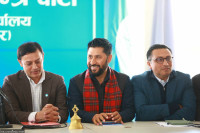
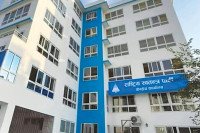

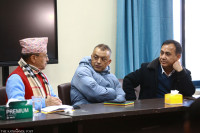
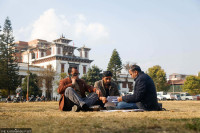

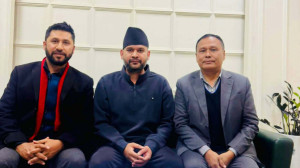





%20(1).jpg&w=300&height=200)

